Sangju Yonghwasa Temple (용화사 (상주))
10.1Km 2020-02-04
10-13, Jeungchon 2-gil, Sangju-si, Gyeongsangbuk-do
+82-54-541-3551
The exact foundation of Yonghwasa Temple is unknown, although there are stories alluding to its foundation taking place during the reign of Silla King Munmu. The temple's main building is home to two treasures, Stone Standing Buddha in Jeungchon-ri (Treasure No. 118) and Stone Seated Buddha in Jeungchon-ri (Treasure No. 120). The temple site also features many other stone pagodas, lanterns, and fountains.
Saetojong Wangsundae (새토종왕순대)
10.1Km 2021-03-20
8, Hamchangsijang 2-gil, Sangju-si, Gyeongsangbuk-do
+82-54-541-2262
The locals‘ favorite restaurant. This Korean dishes is located in Sangju-si, Gyeongsangbuk-do. The most famous menu is blood sausage and rice soup.
Mungyeong Ceramic Museum (문경도자기전시관(문경도자기박물관))
10.8Km 2019-03-18
2416, Mungyeong-daero, Mungyeong-eup, Mungyeong-si, Gyeongsangbuk-do
+82-54-550-6416
Mungyeong is known for its exquisite ceramics. While each piece has its own individual shape and design, as a whole, ceramics of Mungyeong are highly regarded because of their historical and cultural value. Mungyeong is home to a number of master craftsmen as well as Sagijang (referring to craftsmen making chinaware), who have been officially designated National Intangible Cultural Property. As a renowned kiln site producing Buncheongsagi (grayish-blue celadon) since the early Joseon Period, Mungyeong still offers outstanding ceramics that reflect the essence of traditional craftsmanship.
Hu's Silk (허씨비단직물)
10.9Km 2023-06-19
19 , Eopung-ro, Sangju-si, Gyeongsangbuk-do
+82-54-541-3730
In the heart of Sangju known as the town of three white things (rice, silk cocoons, and dried persimmons), Hu's Silk has been providing beautiful silk for generations, using the traditional silk weaving technique with few additional equipments. They also offer small and large experience programs and visit to the Hamchang Silk Road Museum opened in 2012 will make the trip complete.
Mungyeong Yakdol Hanu Town (문경약돌한우타운)
10.9Km 2024-10-21
2426 Mungyeong-daero, Mungyeong-eup, Mungyeong-si, Gyeongsangbuk-do
+82-1588-9075
Mungyeong Yakdol Hanu Town is a meat processing facility and restaurant built by Mungyeong City to promote the excellence of Mungyeong Yakdol Hanu, a local specialty, throughout the country. The restaurant is highly recommended as a must-visit place for sightseeing in Mungyeong because of its large space (1 underground floor, 2 above-ground floors) and high-quality Korean beef. The Korean beef raised on pegmatite (a rock that contains beneficial minerals to the human body), also known as "medicine stone" or yakdol in Korea, is known to have a superior taste because it contains low-fat content and is good for your health. Guests can also visit Mungyeong Yakdol Korean Beef butcher shop, which sells Korean beef at half the market price. In addition to grilled meat, there are also many dishes such as bulgogi hot pot, bibimbap, and cold buckwheat noodles.
Mungyeongsaejae Yetnal Chapssal Tteok (문경새재옛날찹쌀떡)
12.9Km 2024-03-18
914 Saejae-ro, Mungyeong-eup, Mungyeong-si, Gyeongsangbuk-do
Located in the parking lot of Mungyeongsaejae Provincial Park, this place serves handmade sweet rice cakes made from red beans and glutinous rice. Horse Warrant Rice Cake, made in a traditional way without using preservatives, is not too sweet and has crispy nuts in it. In the Joseon dynasty, inspectors used horse warrants to commandeer horses for their missions to rural areas. Figures of horses were drawn differently depending on the grade. In particular, these were used to identify secret imperial inspectors who were dispatched to rural areas and secretly carried out inspection duties. You can also taste Secret Royal Inspector Bread made with Omija marmalade from Mungyeong. Word of mouth spreading at Mungyeongsaejae Pass makes it highly recommended to visit early, as it is likely to be sold out early.
Mungyeong Tourist Hotel (문경관광호텔)
13.0Km 2019-11-12
32-11, Saejae 2(i)-gil, Mungyeong-eup, Mungyeong-si, Gyeongsangbuk-do
+82-54-571-8001
Situated in Mungyeongsaejae Provincial Park, Mungyeong Tourist Hotel is surrounded by the beauty of nature. Historically, Mungyeongsaejae was the main pathway between the Yeongnam area and Hanyang (the former name of Seoul). The hotel is equipped with excellent amenities and has been the hotel of choice for many famous actors shooting scenes for Korean dramas or films at the Mungyeong KBS Drama Studio.
Saejae Halmaejip (새재할매집)
13.0Km 2024-02-23
922 Saejae-ro, Mungyeong-eup, Mungyeong-si, Gyeongsangbuk-do
054-571-5600
Nestled in Mungyeongsaejae Provincial Park, Saejae Halmaejip is a Korean restaurant celebrated for its gochujang yangnyeom seoksoe gui (grilled red chili paste marinated meat). The menu also features deodeok gui (grilled deodeok), pajeon (green onion pancake), and dotorimuk (acorn jelly salad), which perfectly complement the signature gochujang yangnyeom seoksoe gui. This long-standing establishment, favored by many regular customers, has also made appearances in several TV shows.
Mungyeongsaejae Open Set (문경새재 오픈세트장)
13.1Km 2024-07-18
932, Saejae-ro, Mungyeong-si, Gyeongsangbuk-do
Mungyeongsaejae Open Set has been used for a variety of historical publications, including “Taejo Wang Geon (2000),” “Dae Jo Yeong (2006),” “Sungkyunkwan Scandal (2010),” “Moon Embracing the Sun (2012),” “Jeon Woo-chi (2012),” and “Masquerade (2012).” In 2008, the Goryeo Dynasty set was dismantled and redesigned into a Joseon-era set. Visitors can get a glimpse of life in the past through the replica houses and various structures throughout the open set.
Mungyeong Chasabal Festival (문경찻사발축제)
13.1Km 2025-07-11
932 Saejae-ro, Mungyeong-si, Gyeongsangbuk-do
+82-54-571-7677
Home to many ceramic masters and artisans, Mungyeong holds the Mungyeong Chasabal (Tea Bowl) Festival every year to honor and develop traditional Korean pottery and ancestral craftsmanship. The festival holds an exhibit with more than 200 kinds of high-quality and high-end ceramics and an online auction of luxury tea bowls. There is also a performance, “A Day of a Mungyeong Potter,” in which craftsmen tell stories and provide explanations behind their tea bowls to add fun and content to the festival. Visitors can mold their own clay and make tea bowls, and children can partake in various programs, such as playing with clay and performing a tea ceremony.
◎ Chasabal
Chasabal, also known as dawan, is a bowl used for drinking tea. Mungyeong’s traditional tea bowl is made in a firewood kiln called “Mangdaengi,” which uses wood rather than modern gas or electric kilns to make a fire.
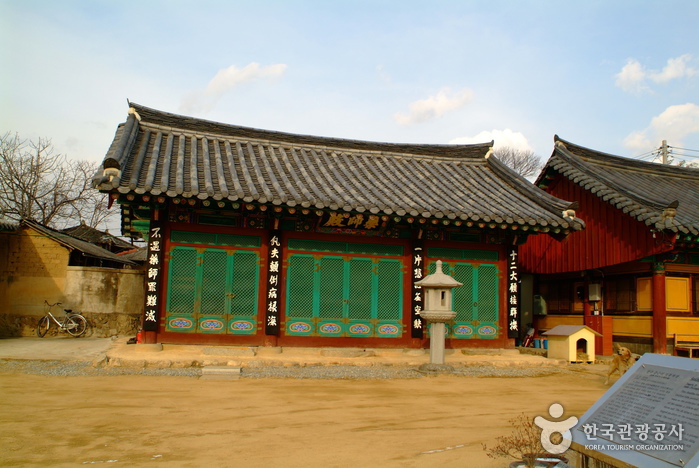
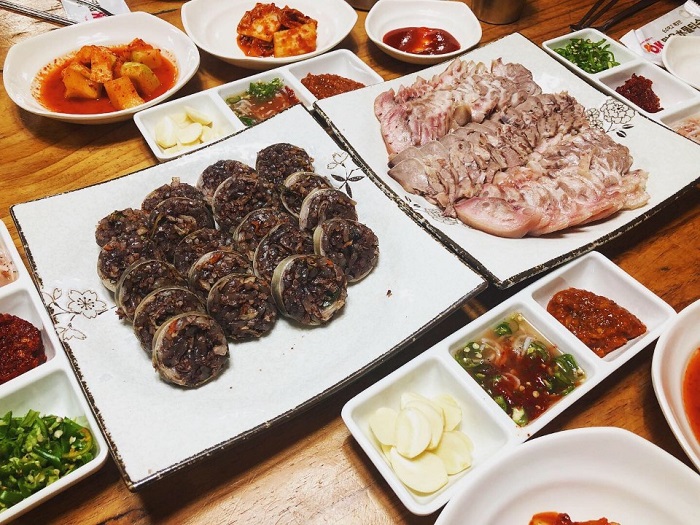
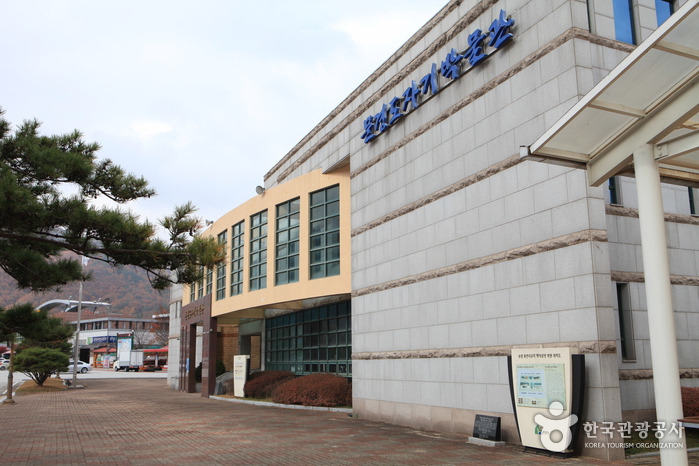
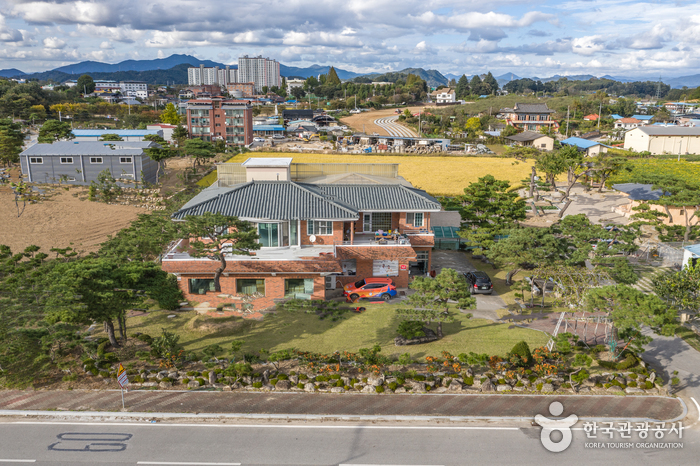

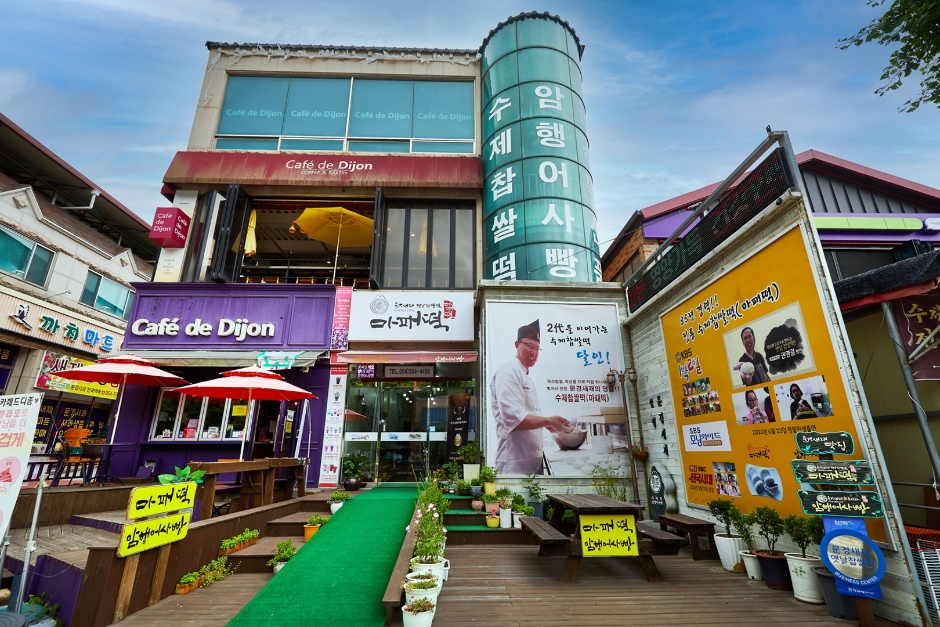
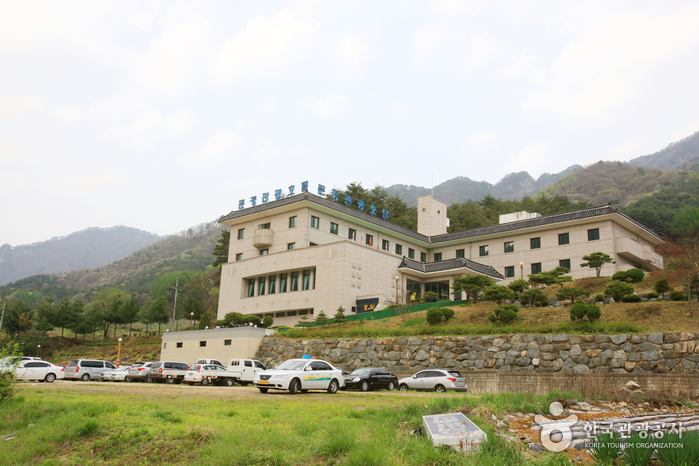
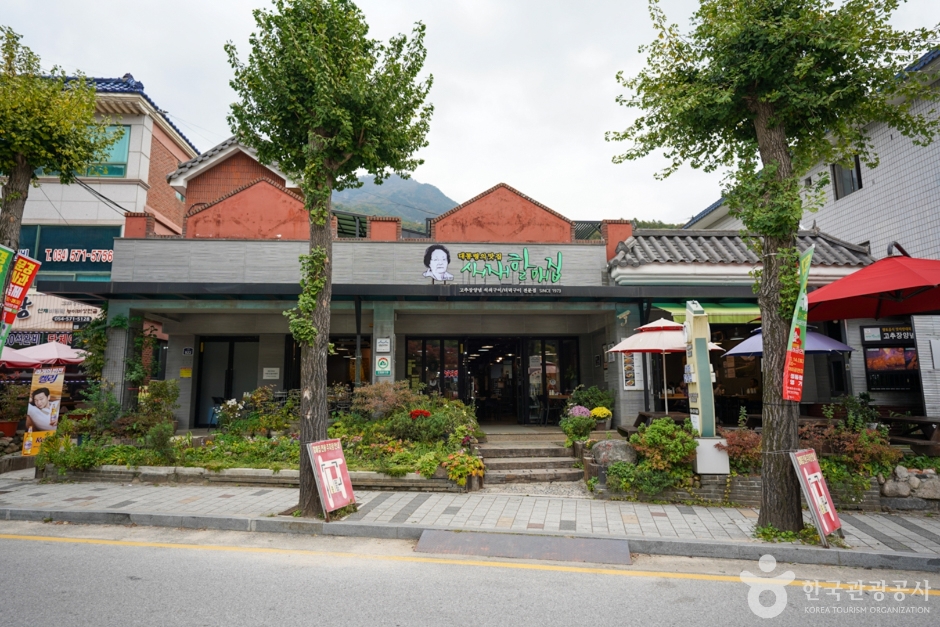

 English
English
 한국어
한국어 日本語
日本語 中文(简体)
中文(简体) Deutsch
Deutsch Français
Français Español
Español Русский
Русский